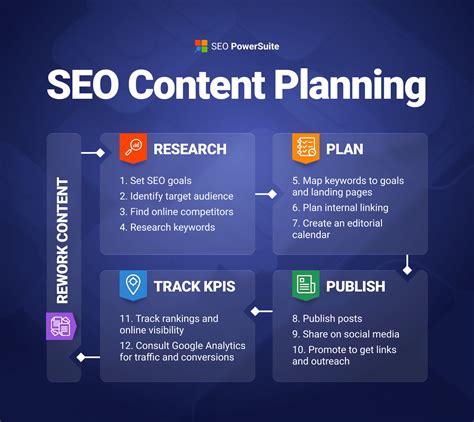
In the rapidly evolving landscape of digital marketing, staying abreast of the latest trends in web analytics and Search Engine Optimization (SEO) is crucial for businesses aiming to maintain a competitive edge. As we navigate through 2025, several key developments are shaping the way organizations approach these domains:
Integration of artificial intelligence (AI) in SEO
AI has become a pivotal component in SEO strategies, enabling more sophisticated data analysis and personalized user experiences. AI-driven tools can now predict user behavior, optimize content, and enhance keyword research, leading to more effective SEO campaigns. This integration allows for real-time adjustments to strategies, ensuring content remains relevant and engaging.
Example: AI-powered platforms can analyze vast amounts of data to identify emerging search trends, allowing businesses to tailor their content proactively.
Emphasis on user experience (UX) metrics
Search engines are placing greater importance on user experience metrics such as page load speed, mobile responsiveness, and interactive design. A seamless and engaging user experience not only improves SEO rankings but also enhances overall site performance.
Example: Websites that load quickly and are easy to navigate tend to have lower bounce rates, positively impacting their search rankings.
Data privacy and compliance
With growing concerns over data privacy, compliance with regulations like the General Data Protection Regulation (GDPR) is paramount. Web analytics tools must now prioritize user consent and data protection, influencing how data is collected and utilized.
Example: Implementing transparent data collection practices and providing users with control over their information fosters trust and ensures compliance.
Shift towards first-party data collection
In response to increased data privacy regulations and the phasing out of third-party cookies, businesses are focusing on collecting first-party data. This approach involves gathering data directly from user interactions on their websites, leading to more accurate and personalized marketing strategies.
Example: Utilizing customer feedback forms and preference centers to collect data can enhance personalization efforts without compromising privacy.
Implementation of predictive analytics
Predictive analytics leverages historical data to forecast future user behaviors and trends. By integrating predictive models, businesses can anticipate customer needs, optimize content strategies, and improve decision-making processes.
Example: Analyzing past user interactions to predict future content preferences enables more targeted and effective marketing campaigns.


Focus on core web vitals
Google’s emphasis on Core Web Vitals—metrics that assess the quality of user experience on web pages—has made them critical for SEO. These metrics evaluate loading performance, interactivity, and visual stability, influencing search rankings.
Example: Ensuring that web pages load within 2.5 seconds and maintain visual stability can lead to higher search rankings.
Growth of visual and video content analytics
The consumption of visual and video content continues to rise, prompting the need for advanced analytics to measure engagement and effectiveness. Understanding how users interact with visual content informs better content creation and marketing strategies.
Example: Analyzing viewer drop-off points in videos can provide insights into content effectiveness and areas for improvement.
Emergence of zero-click searches
Zero-click searches, where users find answers directly on the search results page without clicking through to a website, are becoming more prevalent. Optimizing content to appear in featured snippets and knowledge panels is essential to maintain visibility.
Example: Creating concise and informative content that answers common questions can increase the chances of appearing in featured snippets.

Conclusion
The realms of web analytics and SEO are experiencing significant transformations driven by technological advancements and changing user behaviors. By embracing these trends, businesses can enhance their online presence, comply with evolving regulations, and deliver superior user experiences.


